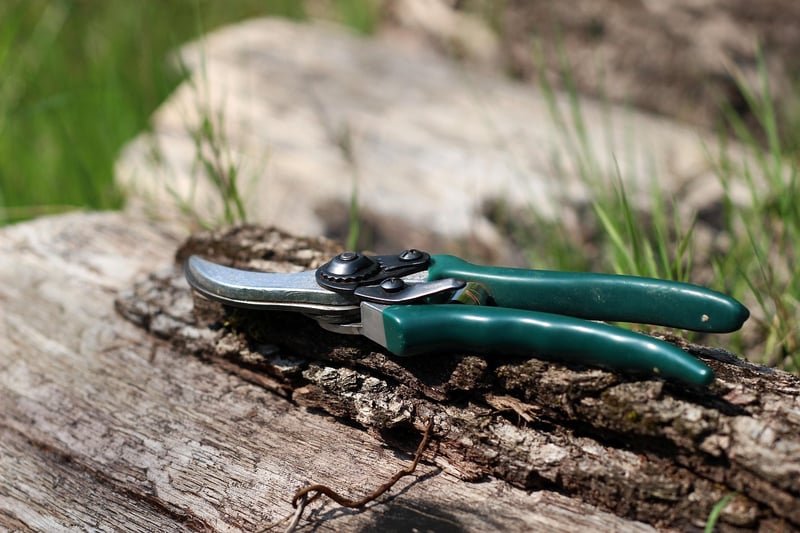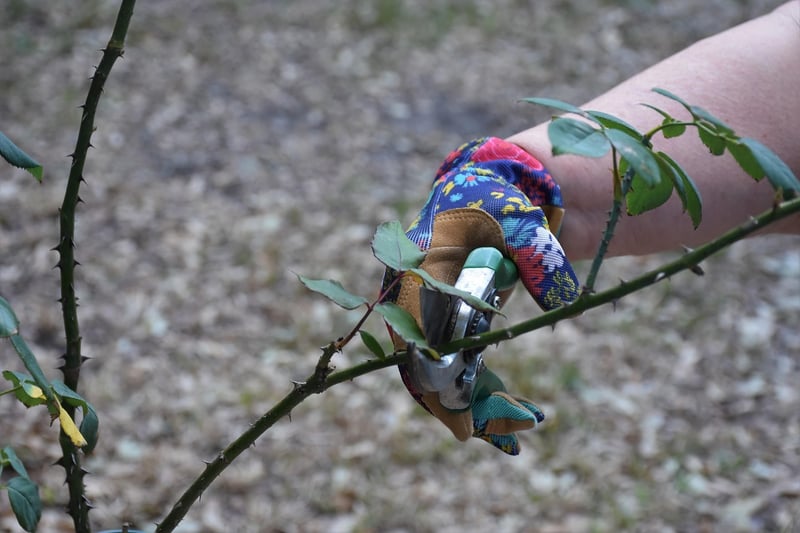Pruning Techniques
Maintaining Healthy Plants: Essential Pruning Techniques
Having healthy plants not only enhances the beauty of your garden but also promotes robust growth and blooming. Pruning is a fundamental practice that aids in maintaining plant health, controlling size, and shaping the overall appearance. Here are some essential pruning techniques to help you keep your plants in top condition.
1. Understand the Basics
Before you start pruning, it's crucial to understand the type of plant you have and its specific pruning requirements. Some plants may need regular pruning, while others require minimal intervention. Researching your plant species will help you determine the best pruning approach.
2. Use the Right Tools
Investing in high-quality pruning tools is essential for effective and precise pruning. Make sure your tools, such as pruning shears, loppers, and pruning saws, are sharp and well-maintained to prevent damage to the plants. Clean your tools after each use to avoid the spread of diseases between plants.
3. Timing is Key
Pruning at the right time is crucial for the plant's health and growth. While some plants benefit from pruning in late winter or early spring to stimulate new growth, others should be pruned after flowering to avoid cutting off potential blooms. Research the optimal time for pruning your specific plants.
4. Remove Dead or Diseased Branches
Dead or diseased branches not only detract from the plant's appearance but can also spread infections to the rest of the plant. Regularly inspect your plants and promptly remove any dead, damaged, or diseased branches to maintain plant health and vitality.
5. Shape and Control Growth
Pruning allows you to shape the plant's growth and control its size. Remove overgrown or crossing branches to improve air circulation and sunlight penetration within the plant. Additionally, pruning can help maintain a desirable shape and prevent the plant from becoming unruly.
6. Practice Caution
When pruning, always make clean cuts at a slight angle above a bud or lateral branch. Avoid leaving stubs, as they can invite pests and diseases. Take your time and step back occasionally to assess the plant's overall appearance as you prune.
By incorporating these essential pruning techniques into your plant care routine, you can ensure that your plants remain healthy, vibrant, and visually appealing throughout the year.

Remember, proper pruning not only benefits the plants but also provides you with an enjoyable and rewarding gardening experience. Happy pruning!
